Revealed: the secrets of choosing the right white paint for a traditional kitchen
WIth thousands of shades of white kitchen paints on offer, we investigate how to choose the right one for a traditional space


Versatile, bright and uplifting, white is the fail-safe option when it comes to redecorating your home – particularly a period-style kitchen.
However, choosing white paint for a kitchen in a traditional-look home is not as simple as just picking a tin called ‘white’ – there are thousands of variations of everyone’s go-to shade. To help you find the right white for yours, we asked the experts about how to choose the perfect shade.
If you're looking for more inspiration, check out our traditional white kitchen ideas gallery.
1. Take your cue from your home's period
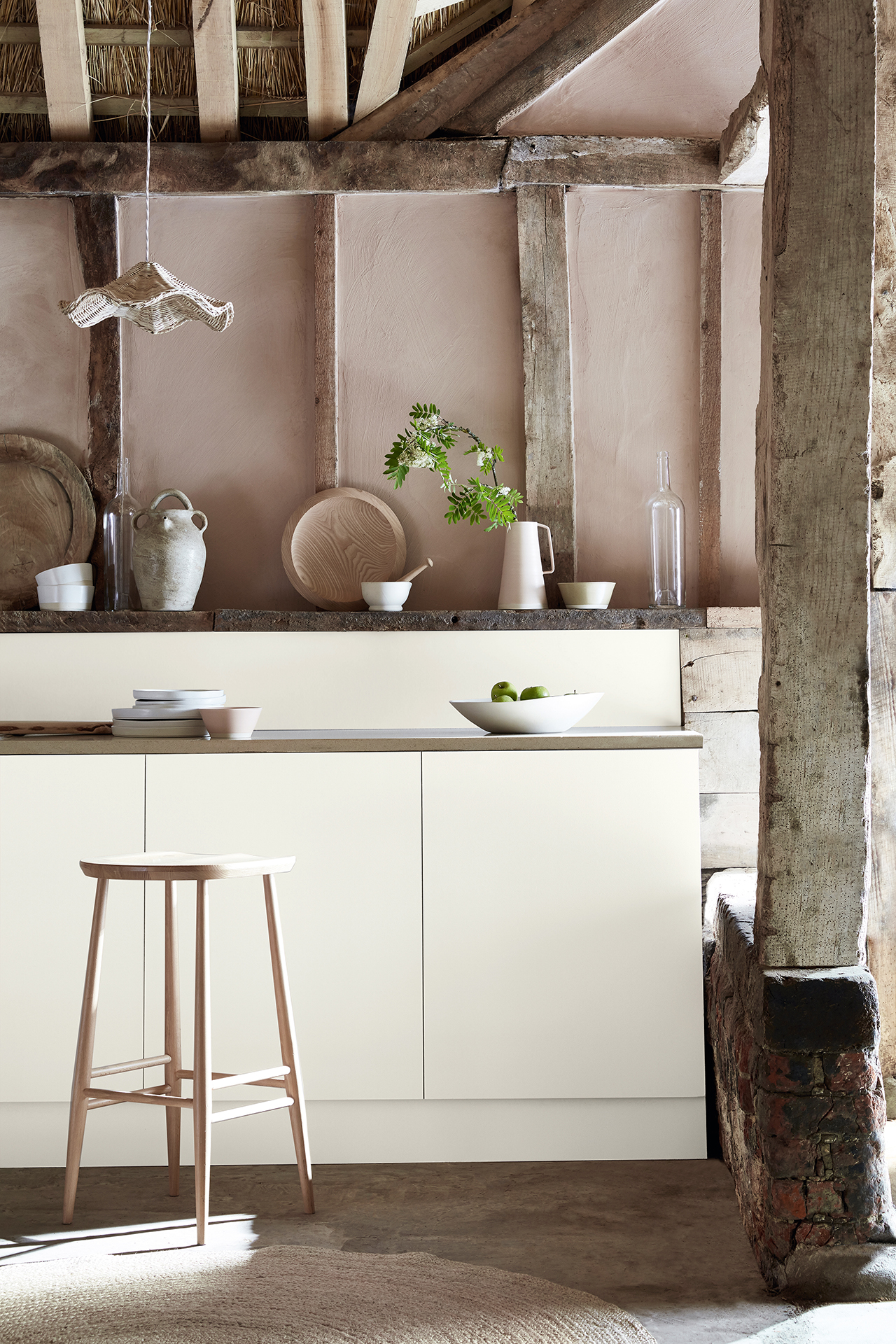
‘A great place to start is with your style of architecture, or the type of kitchen cabinets; sleek and modern, traditional or rustic.’ says Little Greene’s creative director Ruth Mottershead.
If you live in a period home, Ruth suggests you 'choose a relevant historic color will add a sense of consistency to a design scheme' such as an aged, creamy white, like Little Greene's White Lead, for Georgian properties while or the dustier Portland Stone Pale is a great fit for Victorian homes.
- Decorating with white – pure, fresh and oh-so sophisticated ideas
2. Check the room's 'light temperature'
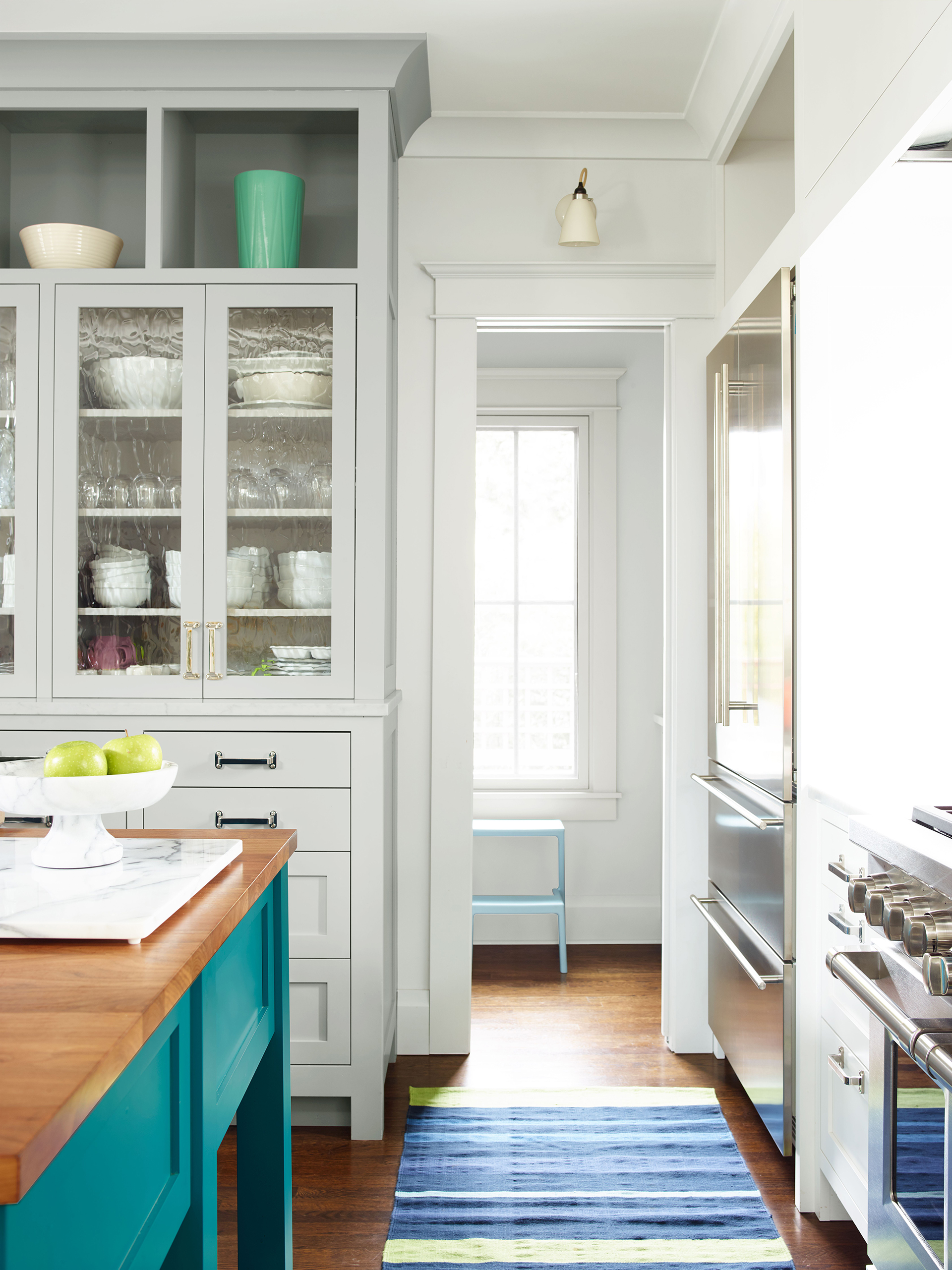
‘White paint is probably the most misunderstood shade of them all,’ says Helen Shaw, UK Director of Benjamin Moore. Picking a shade that matches your room's natural light temperature will ensure your kitchen stays looking white – rather than cream – and that it's welcoming.
‘White paints can feel different depending on the type and orientation of the light that hits and of course depending on whether it has been tinted. Simple, clean and classic, the best white paint colors stand easily on their own as a design element. Whites are versatile, timeless and have the power to make a room feel spacious and fresh.’
Sign up to the Homes & Gardens newsletter
Design expertise in your inbox – from inspiring decorating ideas and beautiful celebrity homes to practical gardening advice and shopping round-ups.
So, in kitchens that receive cool light – usually those with little natural daylight because of small windows, or those that face east or north, pick a warmer white, one that has a touch of yellow in it; for kitchens flooded with natural sunlight, picking a cooler tone of white – one that's tinged with blue – so that it looks white, even when lit by the sun's warm light.
3. Consider what you're matching the white with
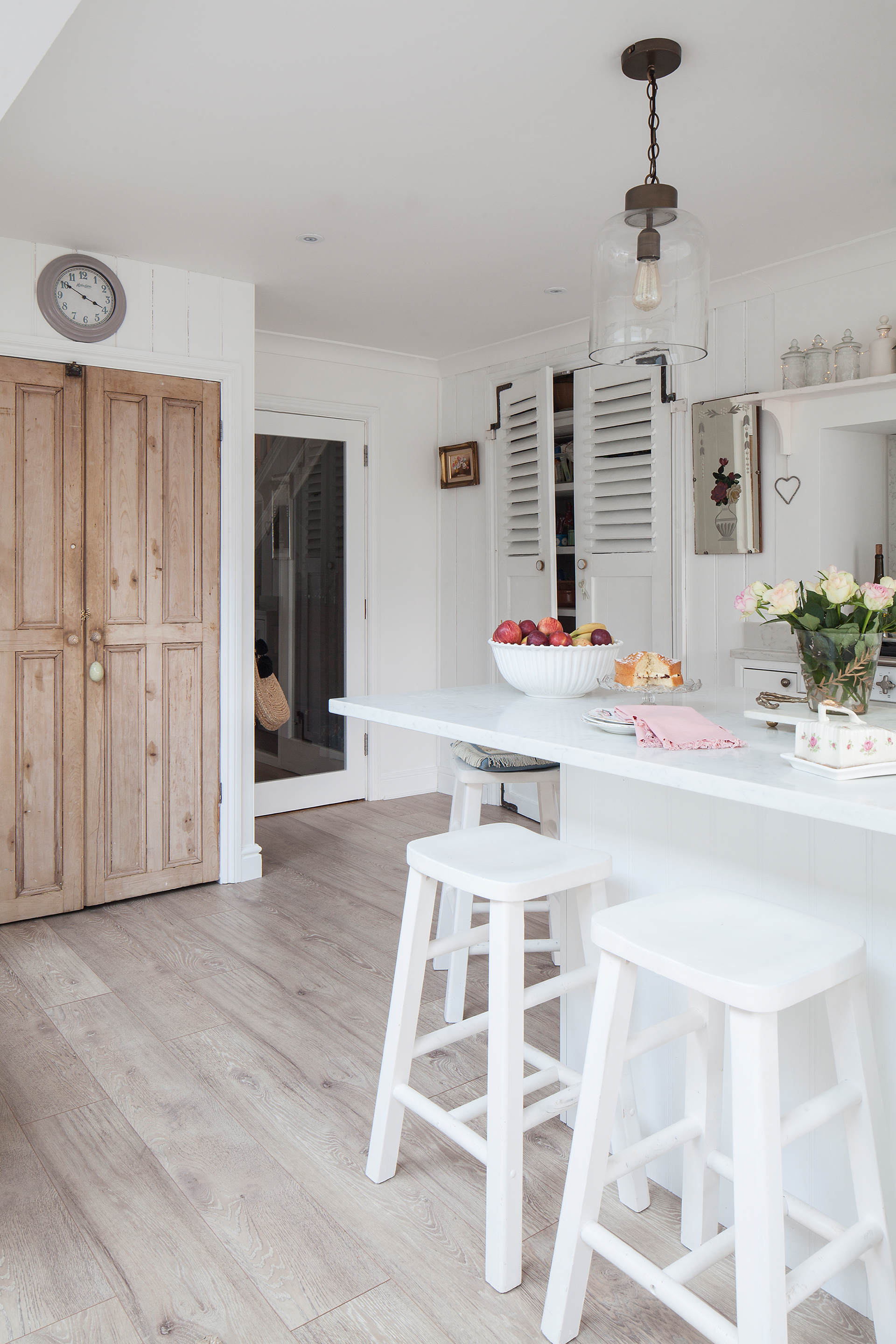
Of course, the finished feel of the space is not solely down to your color choice.
‘White kitchen cabinetry can feel cold and clinical, or it can feel fresh and inviting – for me, it comes down to the materials and textures you pair it with.’ says Period Living editor Melanie Griffiths ‘Natural materials like wooden worktops, stone or terracotta floors will add warmth and tactility. Opting for taps and ironmongery in an antique brass or copper finish, instead of gleaming chrome, will add further interest.’
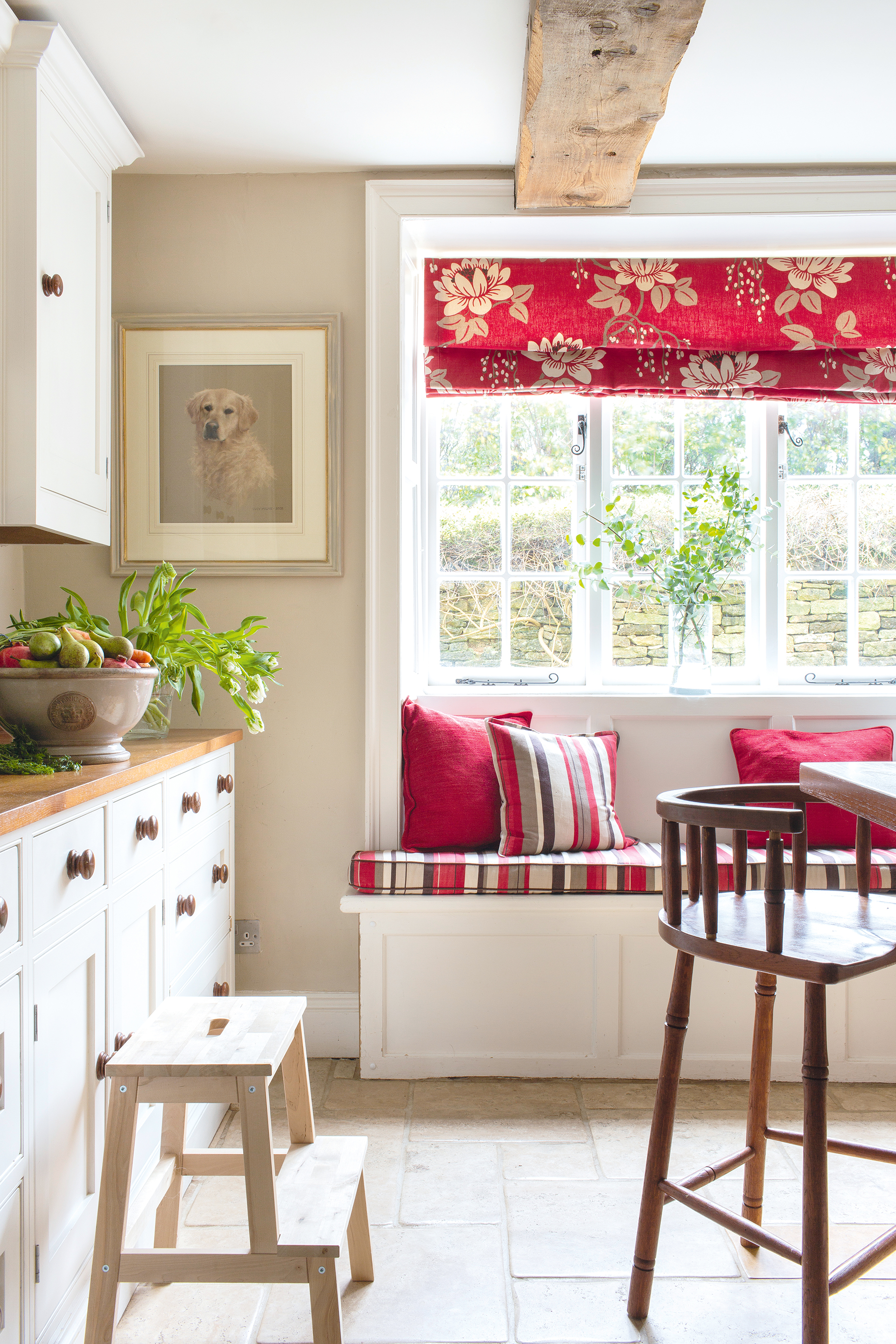
And, of course, if you choose warm-looking materials, you can opt for a pure white rather than a creamier tone and still have a room that feels welcoming.

Having graduated with a first class degree in English Literature, Holly started her career as a features writer and sub-editor at Period Living magazine, Homes & Gardens' sister title. Working on Period Living brought with it insight into the complexities of owning and caring for period homes, from interior decorating through to choosing the right windows and the challenges of extending. This has led to a passion for traditional interiors, particularly the country-look. Writing for the Homes & Gardens website as a content editor, alongside regular features for Period Living and Country Homes & Interiors magazines, has enabled her to broaden her writing to incorporate her interests in gardening, wildlife and nature.
-
 5 things people with clean upholstery always do – simple, quick and oh-so-effective
5 things people with clean upholstery always do – simple, quick and oh-so-effectiveEnsure your furnishing looks clean year-round with these expert tips
By Seraphina Di Mizzurati Published
-
 7 native perennials to plant in April – for glorious flowering displays to attract bees, butterflies, and hummingbirds
7 native perennials to plant in April – for glorious flowering displays to attract bees, butterflies, and hummingbirdsDiscover some of the best perennials to plant in April to make your garden a hotspot for wildlife
By Drew Swainston Published
-
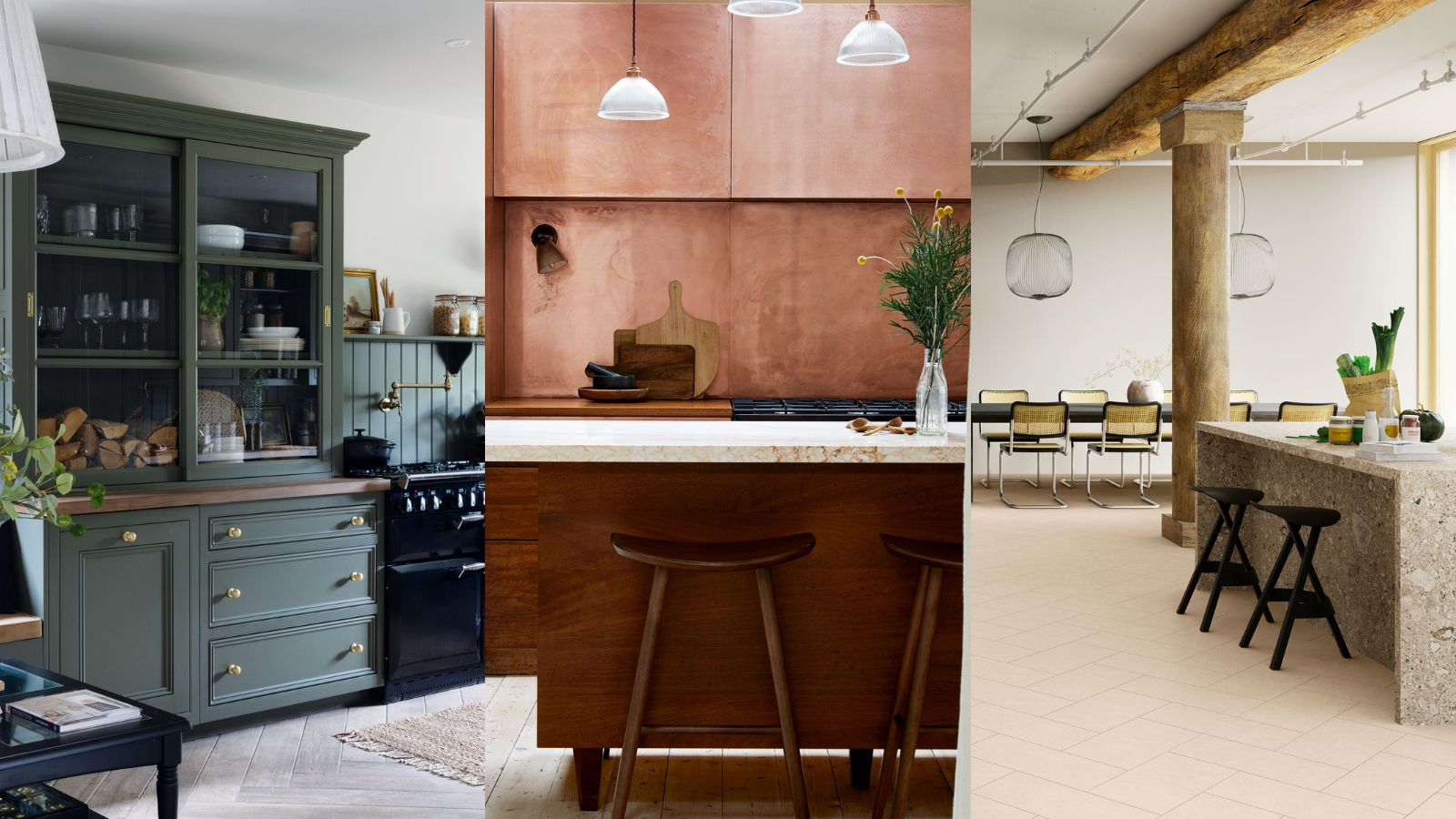 Sustainable kitchen ideas – 19 ways to design an eco-friendly cook space
Sustainable kitchen ideas – 19 ways to design an eco-friendly cook spaceThese sustainable kitchen ideas will ensure your new kitchen design doesn't cost the earth
By Holly Reaney Published
-
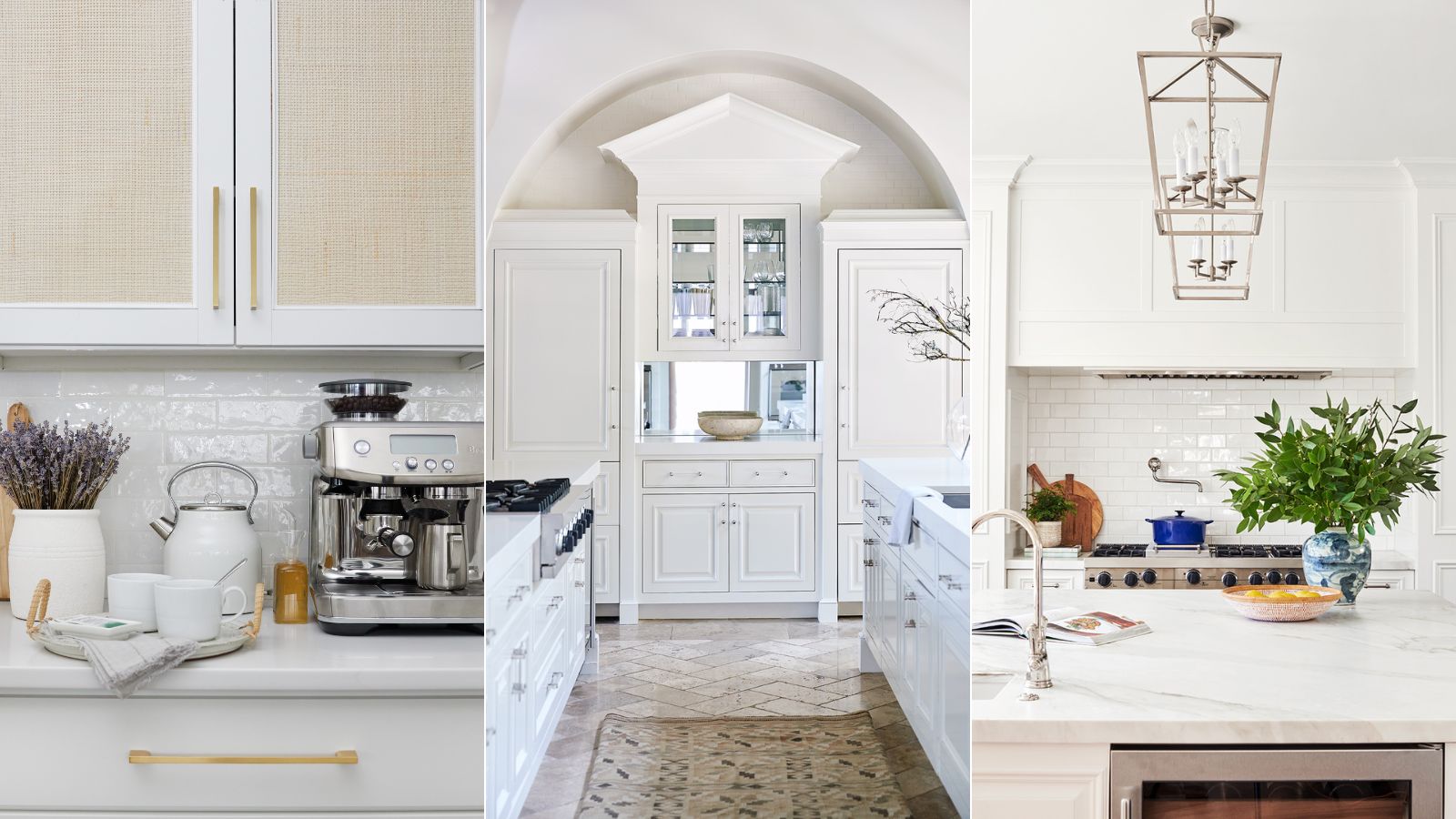 Traditional white kitchen ideas – 20 timeless period spaces
Traditional white kitchen ideas – 20 timeless period spacesThis round up of the best traditional white kitchen ideas will inspire your own design
By Holly Reaney Last updated
-
 Painted kitchen cabinet ideas – the best colors and finishes
Painted kitchen cabinet ideas – the best colors and finishesThese stylish painted kitchen cabinet ideas will inspire you to refresh your cabinetry with a selection of fabulous finishes
By Sarah Warwick Last updated
-
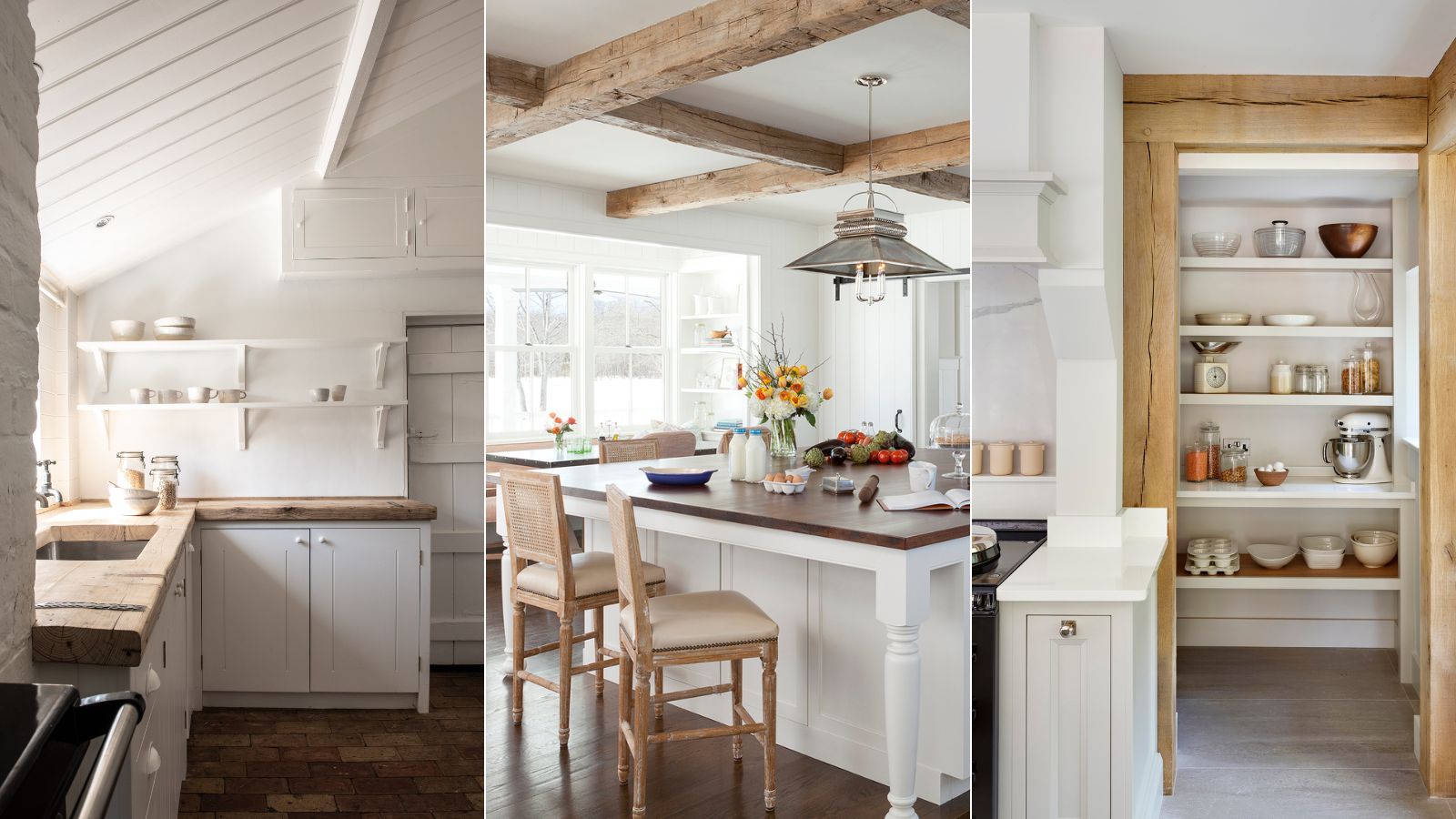 French country kitchen ideas – 60 effortlessly chic spaces to fall in love with
French country kitchen ideas – 60 effortlessly chic spaces to fall in love withGive your kitchen a certain je ne sais quoi with French country kitchen ideas that touch on Provencal, farmhouse and shabby chic styling
By Andrea Childs Last updated
-
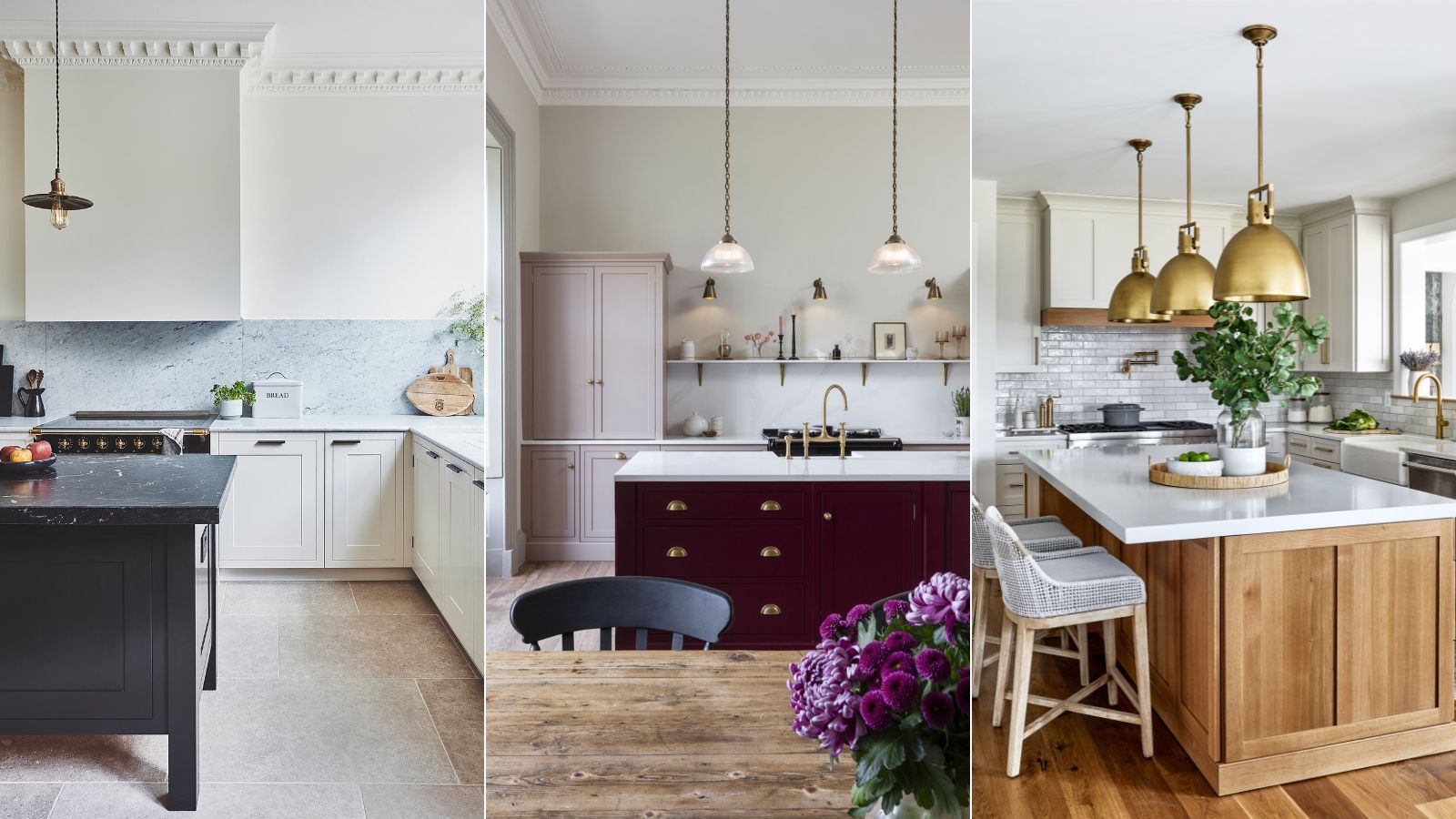 Country kitchen island ideas – 17 stylish, storage-packed designs your kitchen needs
Country kitchen island ideas – 17 stylish, storage-packed designs your kitchen needsMaximize your kitchen's potential with these country kitchen island ideas
By Holly Reaney Last updated
-
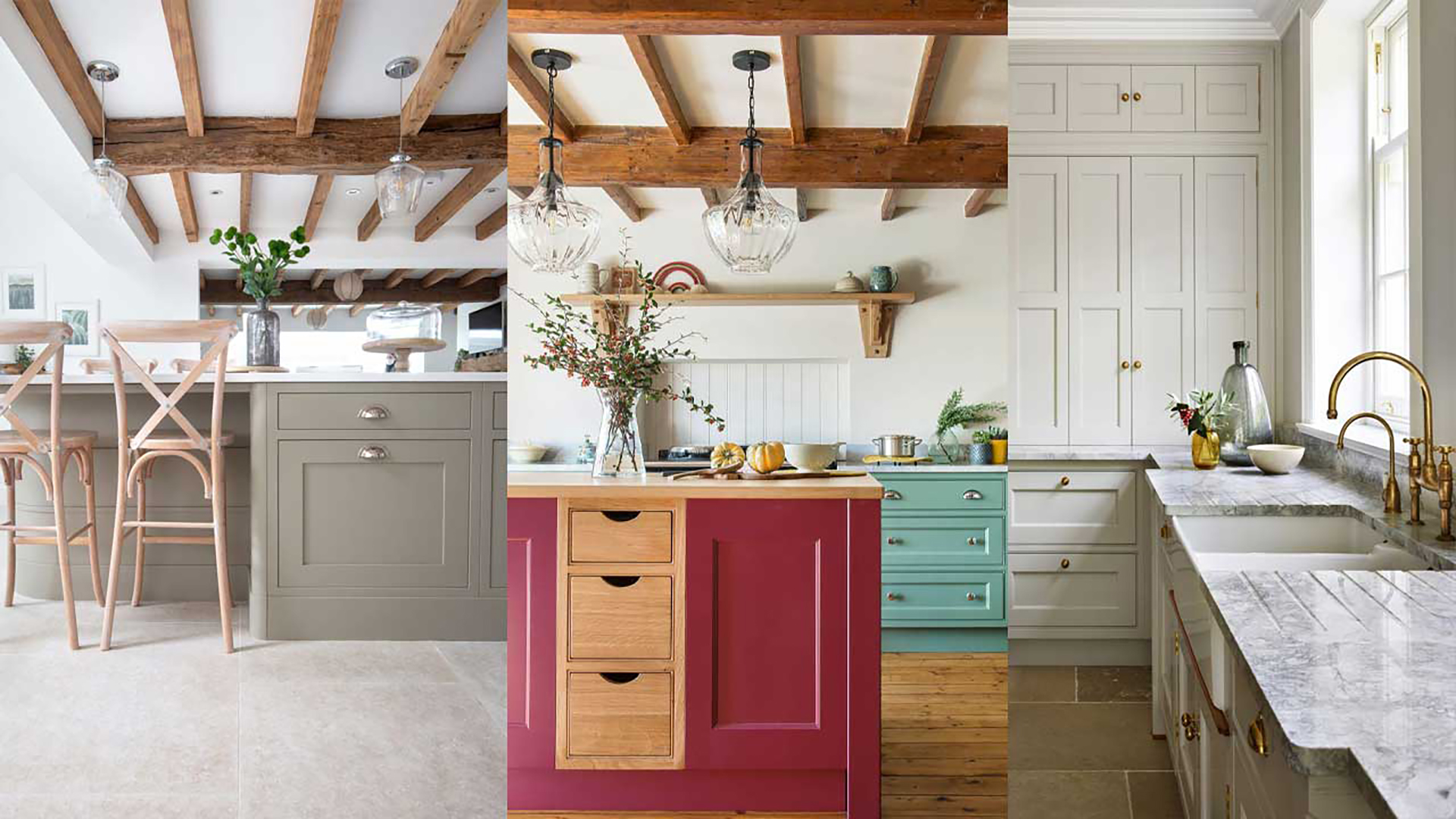 Shaker kitchen ideas – 10 ways to embrace classic simplicity in your home
Shaker kitchen ideas – 10 ways to embrace classic simplicity in your homeEmbrace beautiful simplicity with these Shaker kitchen ideas that will add classic charm to your home
By Holly Reaney Last updated
-
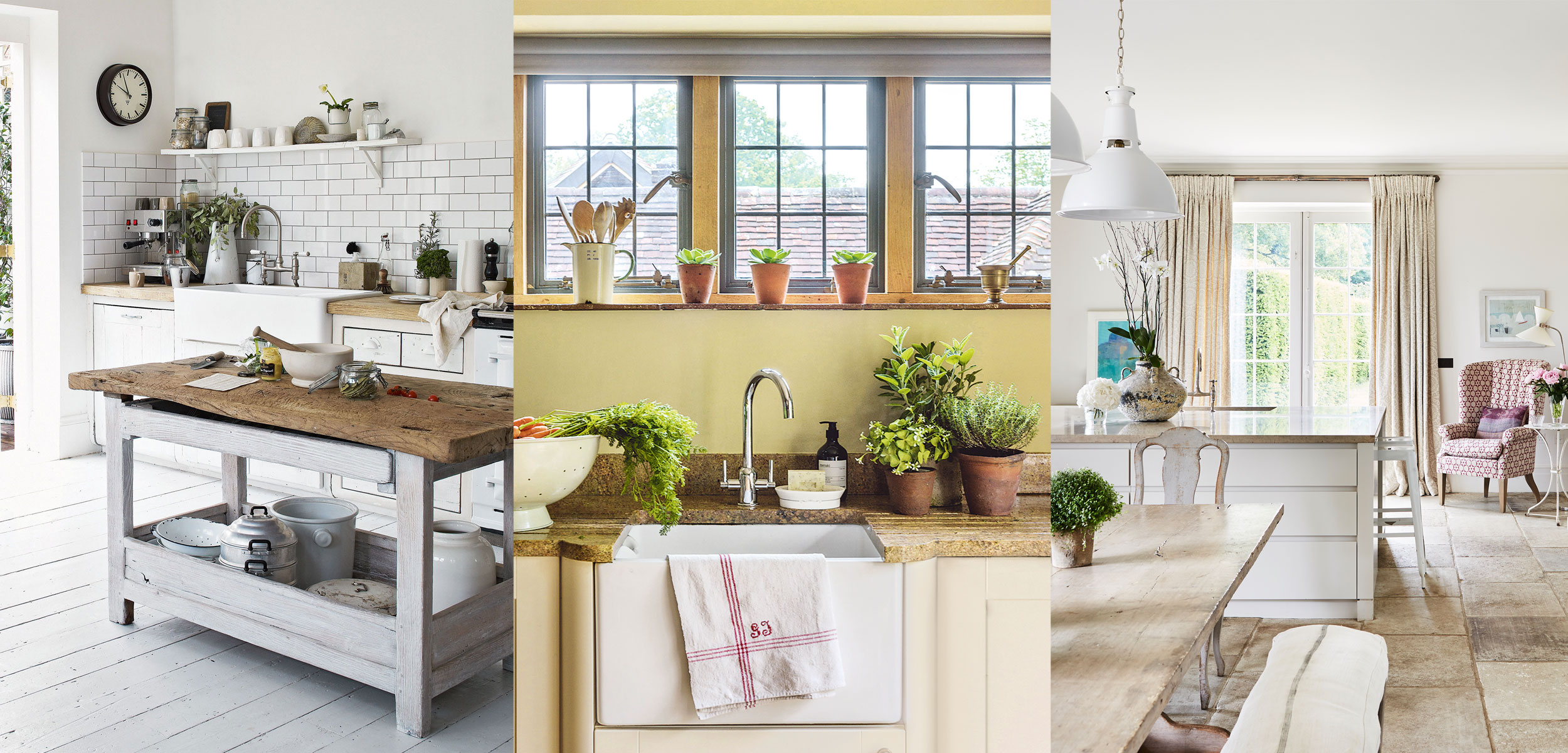 Rustic kitchen ideas – 12 ways to fill your space with period charm
Rustic kitchen ideas – 12 ways to fill your space with period charmThese rustic kitchen ideas will bring cozy character to your kitchen design
By Holly Reaney Published
-
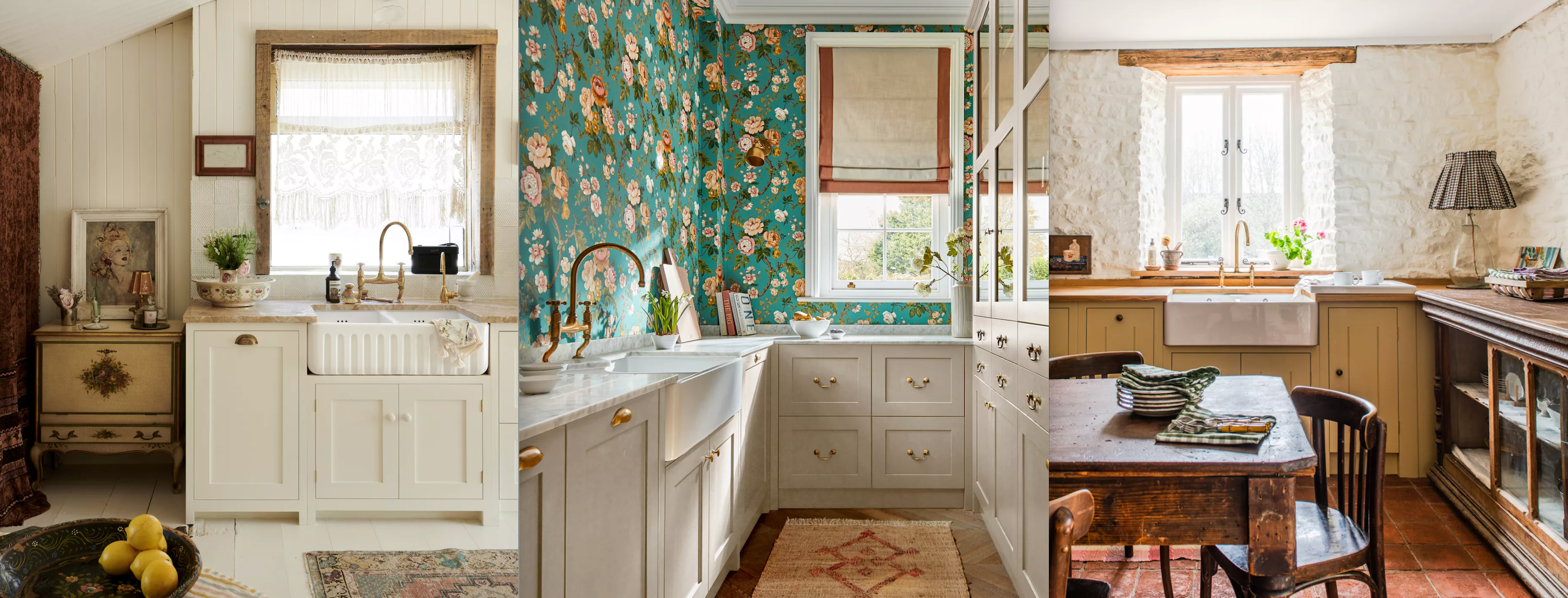 Vintage kitchen ideas – 12 designs for character and charm
Vintage kitchen ideas – 12 designs for character and charmGive your kitchen a characterful update with these vintage kitchen ideas
By Holly Reaney Published